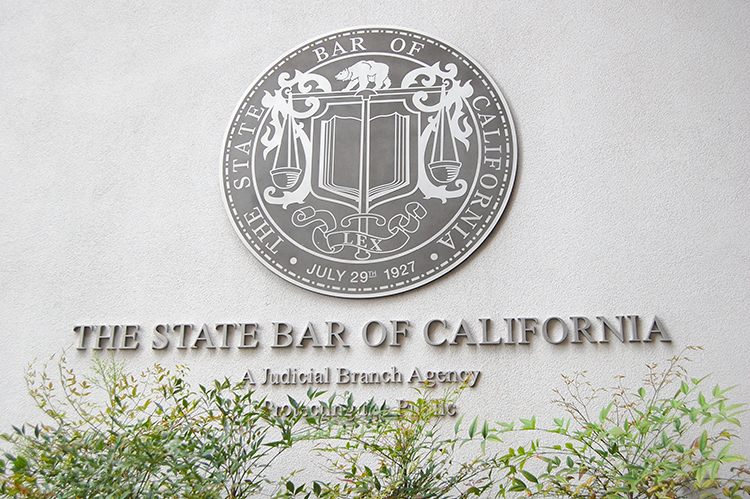BigLaw Future: Lateral Model's Out and Commodity Work's In?
The elephant in the room got its full conversational due Tuesday at a symposium concerning the practical use of empirical research on the legal profession. That would be the economy. It lumbered into just about every angle of many discussions, knocking down predictability with its trunk and whipping expectations with its tail.
In fact, it seems that some recent research might need reworking in light of the spate of law firm layoffs, cutbacks and the like in recent months. That, of course, goes to the hulking figure of the other elephant in the room by dint of sheer size, today’s big law firm.
James W. Jones, a consultant with Hildebrandt Inc., and big-firm managing partner from 1986-95 at Washington, D.C.’s Arnold & Porter, was first to hit the leitmotif.
Demand for legal services is rapidly declining, and the end of that phenomenon, if such will be, is unknowable now but likely a ways down the road.
First to speak at the daylong symposium put on by the Georgetown Law Center’s Center for the Study of the Legal Profession, Jones offered few bon mots to go with the mauvais ones in his analysis.
For example:
• “The legal profession is about to go through some very profound change.”
• For the past 20 years, law firm management has been about growth and expansion, “and all of that is now over.”
• Law firms survived economic downturns in the early 1990s and in 2001, but what we face now likely will last longer.
• “Maybe law firms don’t need to be as big as they were—at least permanent employees.”
The handwriting is on the side of the economic elephant: Law firms and law firm governance are about to undergo significant restructuring in how lawyers are paid for services, how they pay themselves and how much, and how they bring about efficiency and value for clients.
Not to say that the perhaps shrinking law-firm elephant can or will smooth its wrinkles immediately. In that sense, as well as considering the recent economic slide, a paper presented at the symposium by William Henderson, who studies and teaches about the legal profession at Indiana University’s Maurer School of Law, could be looked at as both a premortem and postmortem for the mess in which many law firms find themselves.
Henderson does, however, offer some prescriptions along with diagnosis.
Henderson is director of the Law Firms Working Group, a joint effort of his law school and the American Bar Foundation. He has done extensive research into data provided by American Lawyer Media, which compiles statistics on law firm revenues.
In particular, Henderson looked at the phenomenal growth over eight years (2000-2007) in the 200 highest-grossing firms, from the number of nonequity partners to profits per partner. The engine driving profitability: leverage, as in associates billing lots of hours. The two key dynamics employed by many firms not in the top-50 tier but scratching to be there: lateral hires, and adopting high-dollar practice areas while shedding or minimizing so-called commodity work.
From 2000 to 2007, the top 200 law firms increased in size by more than 33 percent, created two-tier systems such that nonequity partners increased 127 percent; revenues per lawyer increased 44.9 percent. And, most significantly, profits per equity partner increased 78.6 percent.
“This is a big structural shift taking place,” during 2000-2007, Henderson noted.
Ominously, he says, those firms below the top 50 took shortcuts to profitability, such as hiring laterals to build up the most profitable practice areas.
Those include white-collar criminal defense and securities enforcement litigation; mergers and acquisitions; capital markets; intellectual property and litigation. At the same time, they have shed or shrunk so-called commodity work such as labor and employment, trusts and estates and real estate.
Today’s law firm model is like the Escalade sitting unsold on auto dealer lots; the demand, of course, is for the Prius. Throwing this metaphor into his particle-beam accelerator, Henderson says he suggests “Possibly pulling the plug on the tournament model [the lateral game], get rid of the platform model [lucrative practice areas] and go to the assembly line [commodity work].”
During Q&A, Bryant Garth, dean of Southwestern Law School, set up a comment by smiling as he noted Henderson’s “story of doom.”
“It’s not a story of doom,” replied Henderson, with a matching grin. “It’s creative destruction. There are lots of opportunities.”
At the end, Robert Nelson, director of the American Bar Foundation, offered brief critiques of the various papers presented. He began with Henderson’s, saying the data don’t support his argument. Profits per partner in big firms are indeed high, and the claim that leverage is no longer sustainable is “counterfactual.”
“Will that be changed by the economy?” Nelson asked. “Maybe. We don’t know.”
The elephants in the room kept their own counsel on that one.



